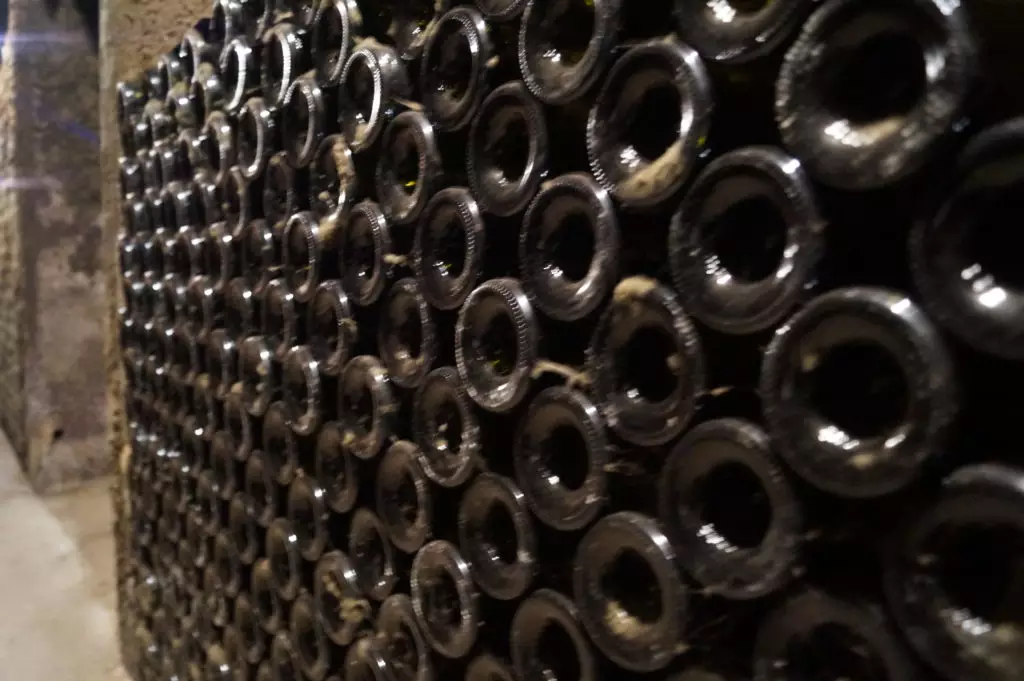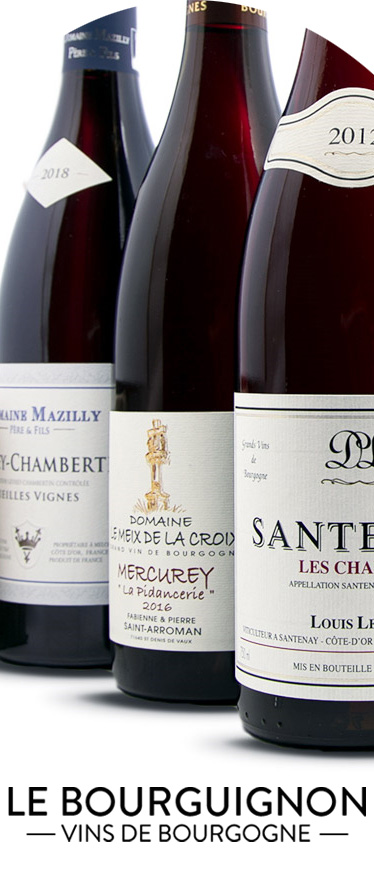The world of wine loves debate, even controversy… So, when everyone agrees on a subject, we must be quick to point it out! This is the case here. Winegrowers, oenologists and sommeliers will tell you, in unison, that the best format for storing a wine is the magnum.
In these 1.5 liter bottles, the wine passes through time more easily, and evolves differently, gaining more complexity than in a 0.75cl bottle. An established fact, but which raises questions. Why these different profiles, when the basic product is the same?
The cause is relatively simple, and can even be summed up in one word: oxygen.
To understand, we have to go back to basics. After fermentation, the raw material that is the primeur wine is not at the peak of its potential. Only contact with oxygen, which in turn causes a series of chemical phenomena, can reveal the beverage and refine it. It’s breeding. But there is one subtlety, and not the least: the success of this breeding depends entirely on the speed of oxygenation.
Direct and brutal contact with oxygen destroys the wine, which becomes, at best, vinegar. But gradual contact allows you to get the most out of it. It’s like with heat: burn a beef chuck at 2000 degrees for a few minutes, and you will obtain charcoal. Cook it at 90° for hours, and you will obtain the tastiest meat. We then understand the interest of the oak barrel: the cells of the wood release tiny quantities of oxygen, allowing the wine to mature at its own pace.
Which brings us to our original topic of the magnum. Once in the bottle, the wine continues to age thanks to the micro-quantities of oxygen which pass through the cork. However, the cork of a classic bottle or a magnum is the same size, and allows as much oxygen to pass through, even though the quantity of wine is different. The magnum wine, with 1.5 liters, oxygenates more slowly, therefore more harmoniously.
A phenomenon to be aware of when offering a wine intended for long aging, as a birth gift…


